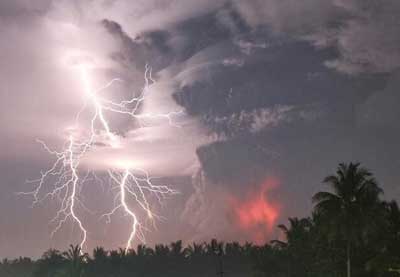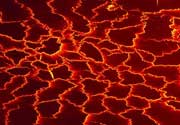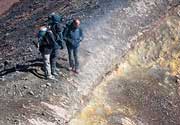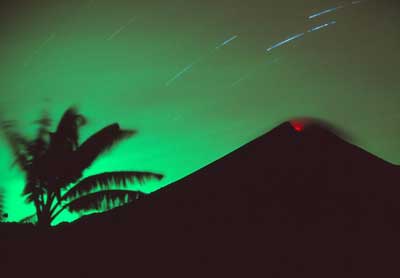| Name | calcite |
| Category | |
| Formula | CaCO3 |
| Crystal system | trigonal |
| Color | typically white to colorless; sometimes also gray, yellow, brown, orange, red, green or even blue |
| Streak | white |
| Luster | vitreous to pearly |
| Crystal habit | crystalline, granular, stalactitic, concretionary, massive, rhombohedral |
| Mohs hardness | 3 (definition mineral) |
| Specific weight | 2.7 |
| Uses | production of lime (industrial scale), acid neutralization, abrasive, soil conditioner, high-grade optical instruments |
| Other |



